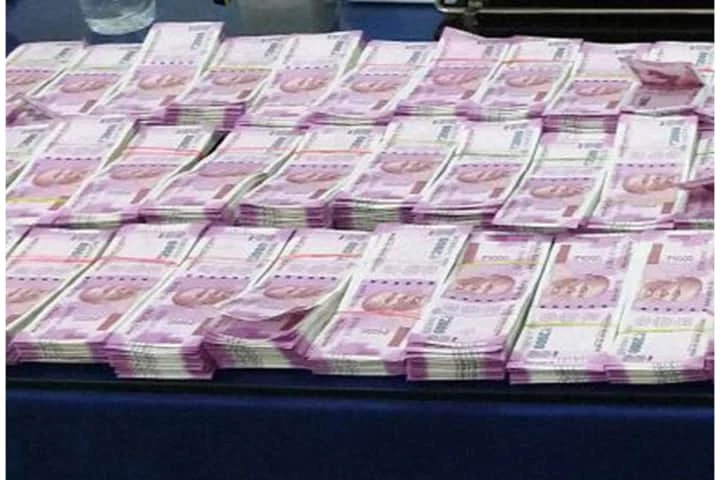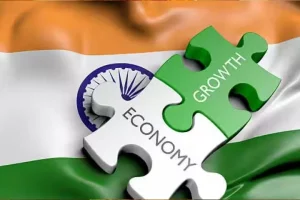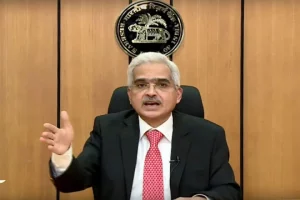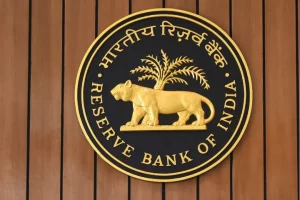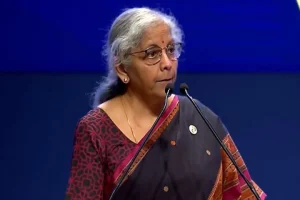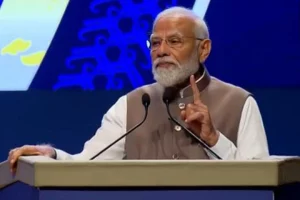There was no panic, no serpentine queues or jostling in front of bank branches as the exercise to exchange Rs 2000 notes kicked off today following the Reserve Bank of India’s announcement to withdraw the high denomination currency.
“Work has gone on peacefully, we haven’t seen any long queues—there have been no problems for our employees,” said a senior official at Union Bank of India. The State Bank of India, in its report said that the exercise is set to be a “non event.”
While the RBI’s move was aimed at curbing circulation of Fake Indian Currency Notes (FICN), sources said that security agencies across the board are increasing their watch. Circulation of fake currency not only dents the economy severely and pushes up inflation, it is also a source for terror financing.
Security experts opine that the smuggling of fake currency notes is likely to rise amid deepening crisis in Pakistan and approaching general elections in India. Besides, states such as Rajasthan and Madhya Pradesh will also go for polls later this year. Therefore, RBI’s decision to withdraw the Rs 2000 currency notes will be key for India’s national security.
“Threats emanating from militant and secessionist movements against India have risen. The recent developments in India’s Neighbourhood warrant an urgent need to collaborate at intergovernmental level within South Asia and ASEAN countries,” Navita Srikant, geopolitical and security analyst told India Narrative.
“These developments include the weak security apparatus in Afghanistan under de facto Taliban authorities besides the increase in terror/militant groups’ activities in Pakistan,” Srikant added.
Bank authorities have tightened their vigilance to eliminate fake currency notes from the system.
The RBI has already taken various measures including augmenting security features on bank notes so as to render counterfeiting difficult and expensive. Aggressive awareness programmes for public and cash handlers have been launched as well.
As per last year’s data, counterfeit notes with face value of Rs 137 crore have been recovered the last three years.
Last year, the Reserve Bank of India (RBI) in its report published in May, highlighted that the number of fake currency notes of 500 denomination detected in 2021-22 by the banking system stood at 79,669 pieces – more than double compared to the previous year. Similarly, 13,604 pieces of fake Rs 2,000 noted were recovered – an increase of 54.6 per cent from the preceding financial year.
The circulation of fake notes declined in 2020-21. But in the following year, the circulation of fake currency notes once again increased. During 2019-20, 2,96,695 pieces of fake currency notes were seized.
In late 2021, Dhaka Police had busted a counterfeit currency racket run by Pakistan. Fake currency with a face value of Rs 7 crore was recovered. The fake notes, made in Pakistan were being sent to Bangladesh through various routes, which in turn were to be pumped into India. Such instances are common.
India and Bangladesh have already signed a Memorandum of Understanding (MoU) to prevent and counter smuggling and circulation of fake currency notes. The Terror Funding and Fake Currency (TFFC) Cell has also been constituted under the aegis of the National Investigation Agency (NIA) for investigation of terror funding and fake currency cases.
The Financial Action Task Force (FATF) noted that the menace of counterfeit currency is a global phenomenon. It highlighted that currency counterfeiters continue to improvise and take advantage of new technologies to keep pace with regular periodical changes in currency design and security features.
Also read: RBI withdrawing Rs 2,000 notes, sets Sept 30 deadline for people to exchange them at banks






